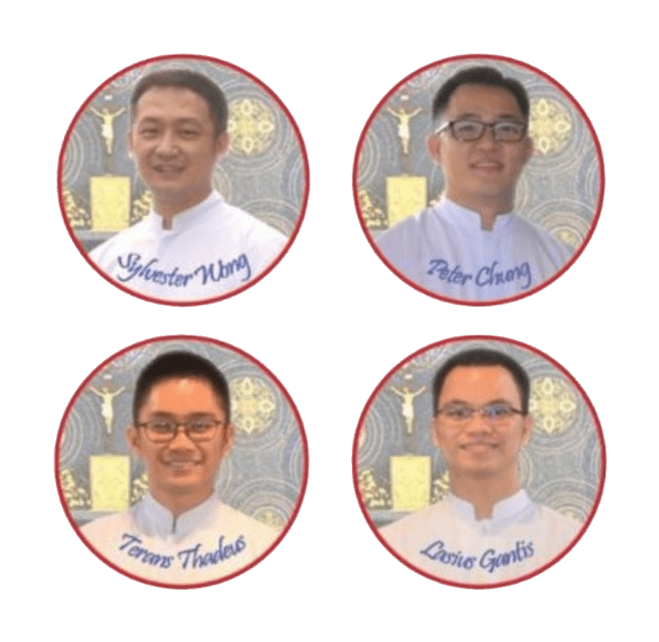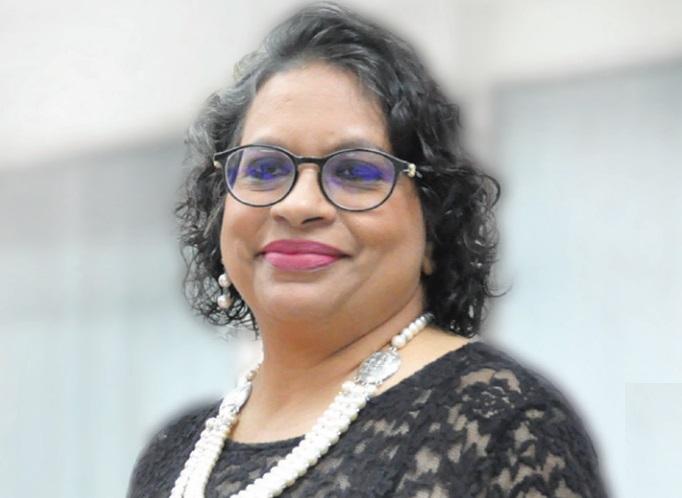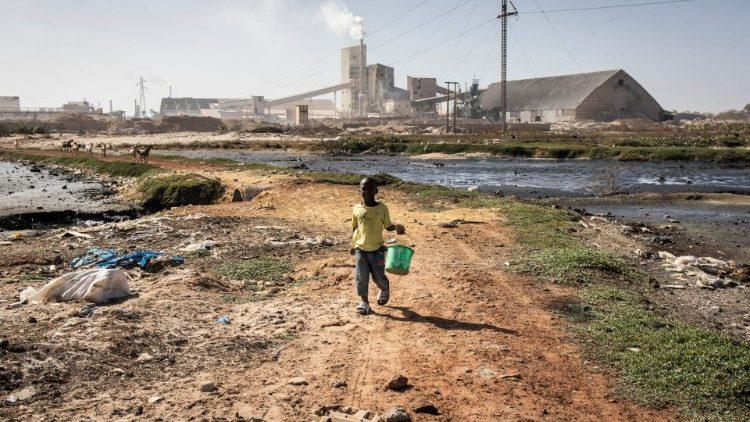A pilgrim learns much about Korean Catholicism

JENNIFER CHONG, a young adult from Lifeline-College & Young Adults Ministry, Sacred Heart Cathedral, took part in the formation-based pilgrimage to South Korea on May 1-8, 2017, guided by formation director, Deacon Sherman Kuek. The contents of the formation are history of persecution, history of Catholicism in Korea, sainthood, martyrdom and relics. Here is her personal sharing.
P’ILSUNG!
Our bus driver loved to shout this while saluting me at unpredictable times which (almost) always scared me out of my skin. He was from the Marines as he flaunted his badge pinned to a cloth next to his seat. P’ilsung means “Sure victory!” is a motto declared as one salutes when in the Marines or Navy in South Korea.
We had just touched down at Incheon Airport. Soon we found ourselves en route to discover what South Korea has to offer. Of course, this was no ordinary trip. This was a pilgrimage. A pilgrimage to South Korea? Pilgrimages like those to Holy Land and Rome? That kind of pilgrimage? Yes. This pilgrimage is part of the Asian Church Series organised by Splendour Project. Admittedly, I signed up for this largely because I have longed to visit this country. Secretly, I wanted to bump into any of the cast of Running Man.
Whilst drifting in this imagination, my roommate and trip partner-in-crime, Felicity, struck up a conversation. We had only first met when at the airport. But who knew we had such good chemistry from the start. Felicity had visited South Korea back in 2014 for the 6th Asian Youth Day and shared one of the stories she learned of.
Persecution of the Catholics
Back in the days of persecution of the Catholics in the 18th and 19th century, there was a time where soldiers raided a village of Catholics. They had been hiding and staying at this village to avoid capture. The villagers told the soldiers that they knew they were there to bring them to Haemi Castle to be executed. But since it was late, the villagers offered the soldiers their place to stay and rest. The next day, the villagers marched with the soldiers towards Haemi Castle to face the inevitable onslaught. On the way to Haemi Castle, a child asked his mother: “Where are we going?” The mother replied: “To meet Jesus.”
This story brought me back to reality…the reality of my faith. Why did the villagers not run when they were raided? Even offering their persecutors a place to rest before facing their execution? How is the mother so peaceful to comfort her child with such simple yet powerful words?
It dawned on me that this is the nature of martyrdom. Martyrdom is one that accepts persecution with peace whilst standing on the truth. When Jesus died on the Cross for our sins, he did not say to us: “Repent! Then I will die for your sins.” No. Jesus died for us while we are still sinners. This is the attitude we need to bring with us when sharing God’s love to others. A love that is absolutely unconditional. This story was the pivotal point to my life-changing experience in this pilgrimage.
What amazed me as much as the courageous martyrs of South Korea, is the fact that Catholicism entered the country via lay people through books, not missionaries. It is interesting that in those days, Catholicism was seen as a religion of modernity and science. Yet now, the faith is often mistaken to be quite the opposite in our days of relativism.
Korean Catholic youths in late 18th century
In the late 18th century, the youth wanted to learn how to build cranes for constructing larger buildings and how the earth goes around the sun – instead of debating abstract and scholastic ideas. But this was not a matter of interest in the neo-Confucianism era and the intellectual questions were regarded as irrelevant and trivial. Naturally, these young people began to read Western treaties on technology, astronomy, and physics. Such books were being imported into Korea from China since the early 1700s and retained a number of positive references to Christianity. Eventually, these young intellects read other translated Christian texts as well. Many of them felt that they had finally found the truth and embraced the Faith.
This was just a snippet from the vast sea of historical information and reflections that was prepared in the booklet prepared by our formation director, Deacon Sherman Kuek especially for the pilgrimage. Deacon Sherman also prepared us through daily formation before we set out – which I am sure the pilgrims agree, helped us delve deeper in our reflections during the pilgrimage.
Martyrdom gives some more when nothing is left
As we stood before the few tombs of martyrs at Chon Jin Am, the local priest that hosted us shared some stories relating to the martyrs. One entails a father willing to kill his son for his faith so to keep their influence and power in society. Others were executed in various ways, including decapitation. Even our non-Christian tour guide cum translator started choking at the stories told upon hearing the stories for the first time. Standing in a circle, the priest then asked us to put our hands on our heart and recite: “Jesus loves me, as his heart is shattered”. After repeating twice, he then asked us to go round the circle and recite to each person: “Jesus loves you, as my heart is shattered.” It was clear that most of the pilgrims were moved and this was a moment of closeness for us.
Shattered. One might be familiar with the phrase “taken, blessed, broken, given” which is reflected upon in Henri Nouwen’s book, The Life of the Beloved which echoes the life of Jesus – who was taken, blessed by God, broken on the cross, and given to the world. To be given for the world, we need to first be broken as Jesus was. I used to think that martyrdom means to be caught for my faith and to die for it. I learned from the Korean martyrs, that really, being a martyr is to be a witness for the Gospel of Jesus Christ. Simply put, martyrdom is by giving until I have no more to give – and when I have nothing left to give, to give some more.
Truly, their fervour in the Christian faith is as such that they would not renounce their faith even at times of great oppression. It is no wonder Catholicism thrived even during grave persecution for a prolonged period. For the Korean Catholics to calmly and courageously receive from God the glorious crown of martyrdom is a conviction that Christ has trampled over sin and death. Seeing the staunch and unwavering faith of the Korean Catholics, one cannot help but be inspired by their lives and confidence in Christ’s sure victory! P’ilsung!
This is a more personal account of the pilgrimage to South Korea. For the main article of the pilgrimage, visit www.splendourproject.com/blog. The Splendour Project will be organising another pilgrimage to South Korea in March 2018. Head over to www.splendourproject.com/pilgrimages for more information.



